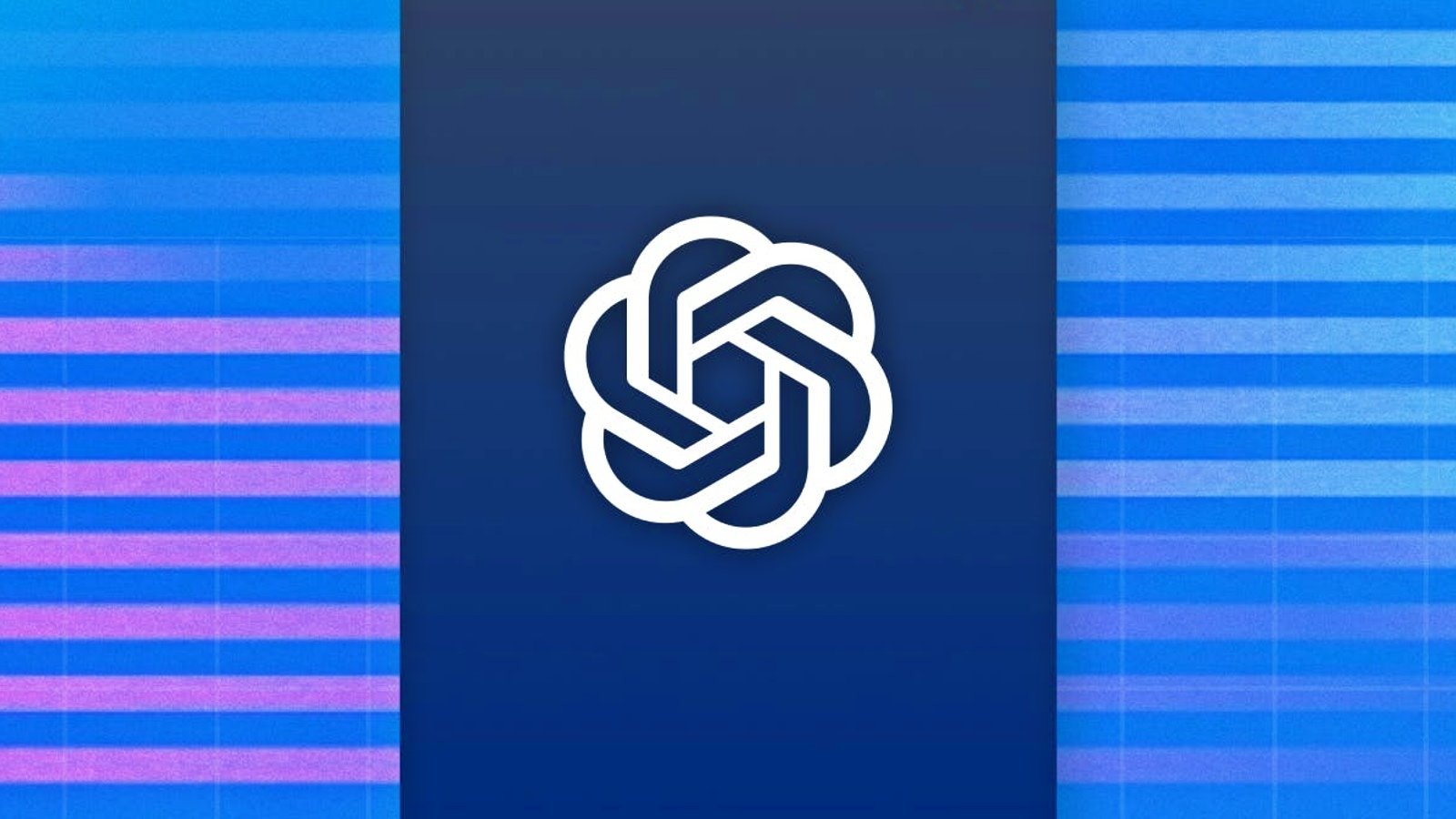OpenAI is reportedly developing a new AI model known as GPT-4.1, which is designed to succeed its predecessor, GPT-4o, and is expected to be released prior to GPT-5.0.
### Introduction to GPT-4.1
Recent coverage by The Verge indicates that OpenAI is actively working on the rollout of GPT-4.1, an enhanced version of the existing GPT-4o model. The anticipation surrounding this update has further intensified with insights from AI researcher Tibor Blaho, who has identified that OpenAI is currently testing a variety of models, including o3, o4-mini, and GPT-4.1—complete with both nano and mini variants—on the OpenAI API platform.
### Validating the Existence of GPT-4.1
The references to GPT-4.1 found on OpenAI’s official website lend credible support to its existence. However, it is important to clarify that GPT-4.1 should not be mistaken for a successor to GPT-4.5. Instead, it appears to continue the evolutionary path from GPT-4o, which is characterized by its multimodal capabilities. In contrast, GPT-4.5 will emphasize enhancements in creative output and the quality of responses.
### Insights from OpenAI’s Leadership
During a presentation titled “Pre-Training GPT-4.5,” OpenAI’s founder and CEO, Sam Altman, hinted at a potential initiative within OpenAI to completely revamp GPT-4 using updated training methodologies and data. Altman posed a contemplative question to his team, asking who among them would be capable of retraining GPT-4 from scratch with the resources currently available. This statement has led many to speculate that GPT-4.1 may very well align with this strategic aim for renewal.
### Focused Development Path
Moreover, it has been indicated that a release of GPT-5 is not forthcoming in the near future, as OpenAI’s current efforts are concentrated on the development of o3, o4-mini, o4-mini-high, and GPT-4.1 models, including their smaller variants.
### Cybersecurity Considerations
In light of emerging AI technologies like GPT-4.1, organizations must remain vigilant about the implications for cybersecurity. Malicious actors can exploit advanced AI models for various cyber threats, ranging from phishing attacks to sophisticated data breaches. With an analysis of 14 million malicious activities revealing that certain techniques from the MITRE ATT&CK framework account for 93% of attacks, it is vital for businesses to adopt effective defense strategies.
### Conclusion
As OpenAI progresses with the development of GPT-4.1, the landscape of AI and cybersecurity continues to evolve. For organizations looking to fortify their defenses against increasingly sophisticated cyber threats, staying informed about advancements in AI technology is essential. The convergence of AI capabilities and cybersecurity requires continuous vigilance and adaptive strategies to mitigate risks effectively.
By keeping abreast of these developments, businesses can not only harness the potential of AI like GPT-4.1 but also protect themselves from the cyber threats that such technologies may inadvertently facilitate.
